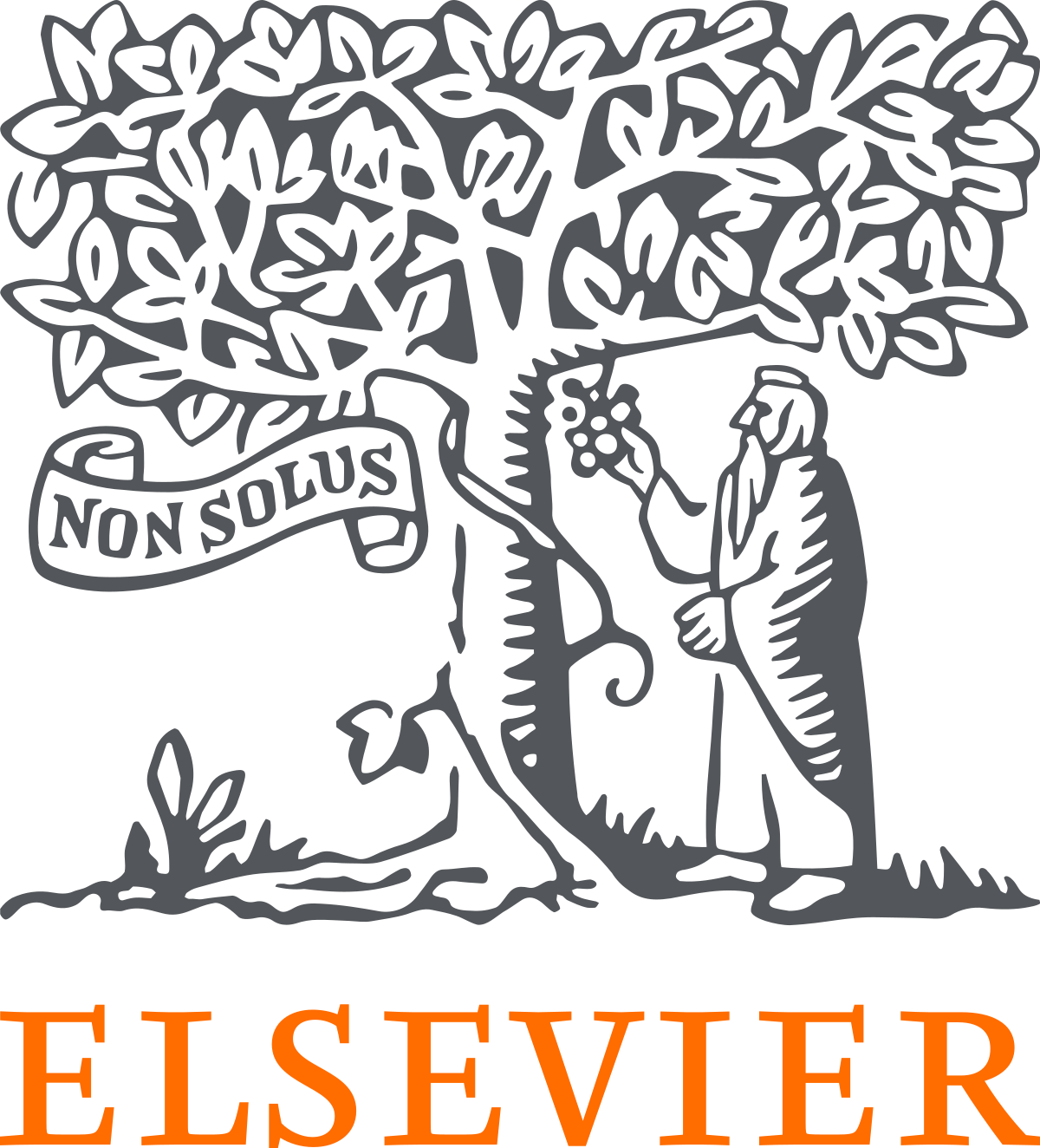Retracted
Abstract
Precise and ongoing surveillance of vital signs is essential for clinical decision-making, prompt intervention, and patient management. Contact-based approaches and wearable devices provide trustworthy readings; nonetheless, they encounter limits in contexts such as newborn care and burn units, as well as problems pertaining to pain, maintenance expenses, and adherence. Noncontact systems, including vision-based and Radio-Frequency (RF) methodologies, provide a possible alternative. These technologies provide vital sign monitoring without physical contact and are garnering increased interest due to advancements in sensor technology, computer vision, and machine learning, with the rising need for remote healthcare solutions. Vision-based systems excel in accurate localization but are affected by lighting conditions, while RF systems are resilient to environmental variables but need subject participation. The unique attributes of vision-based and RF-based approaches have spurred increasing interest in multi-sensory vital sign detection since 2020. This study offers a thorough summary of improvements in vision and RF modalities, together with contemporary multi-sensory techniques, to entice scholars from several disciplines to engage in multimodal fusion research on contactless vital sign detection. We delineate measuring concepts, contrast single-modality and multimodal systems, examine public datasets, assessment criteria, and cutting-edge algorithms. This study identifies the complimentary capabilities of vision and RF systems, addressing significant gaps in multimodal research and outlining future prospects from both practical and technological perspectives.
Downloads
Published
How to Cite
Issue
Section
License
Copyright (c) 2025 Retracted

This work is licensed under a Creative Commons Attribution-ShareAlike 4.0 International License.
All papers should be submitted electronically. All submitted manuscripts must be original work that is not under submission at another journal or under consideration for publication in another form, such as a monograph or chapter of a book. Authors of submitted papers are obligated not to submit their paper for publication elsewhere until an editorial decision is rendered on their submission. Further, authors of accepted papers are prohibited from publishing the results in other publications that appear before the paper is published in the Journal unless they receive approval for doing so from the Editor-In-Chief.
IJISAE open access articles are licensed under a Creative Commons Attribution-ShareAlike 4.0 International License. This license lets the audience to give appropriate credit, provide a link to the license, and indicate if changes were made and if they remix, transform, or build upon the material, they must distribute contributions under the same license as the original.





